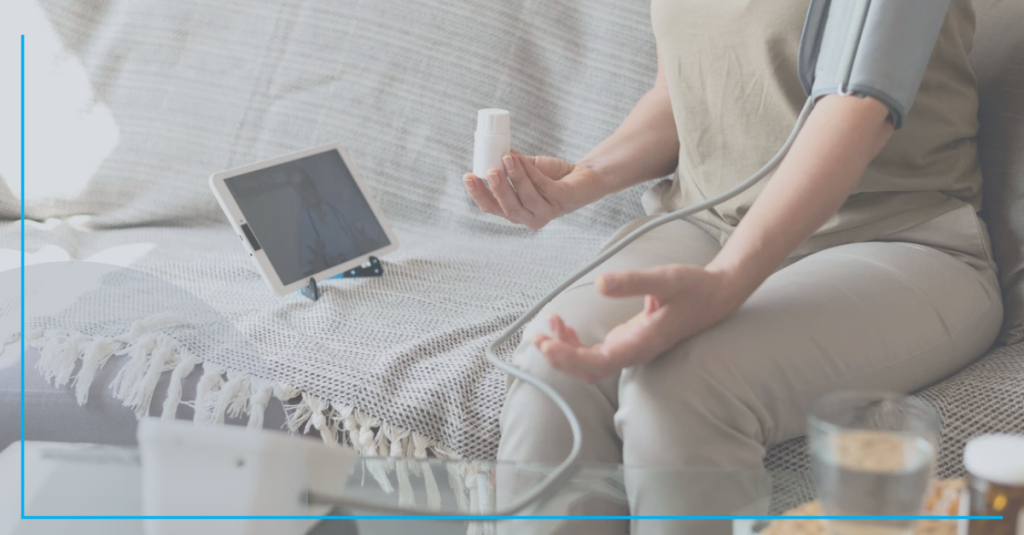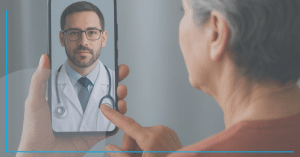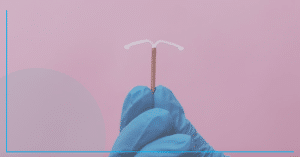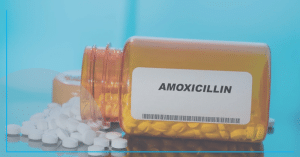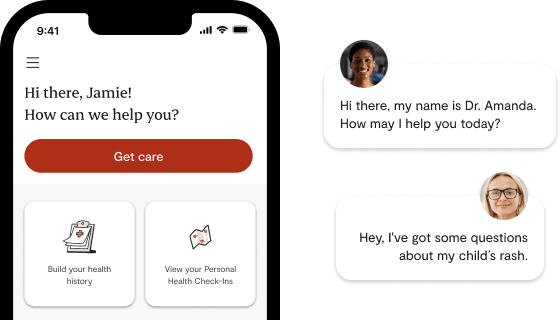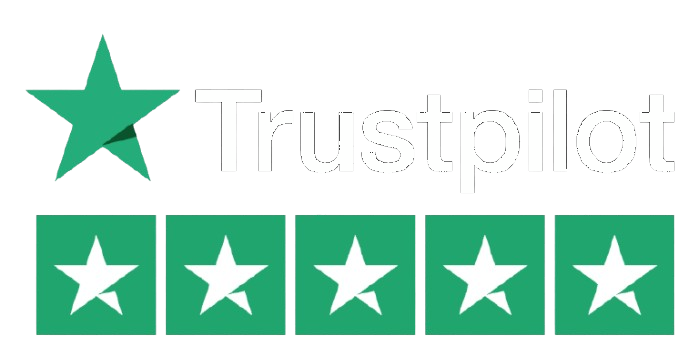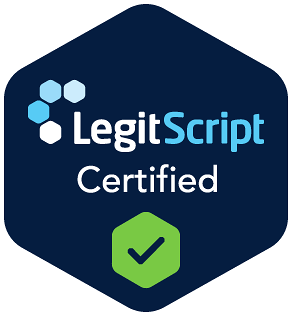The landscape of healthcare is rapidly evolving, with remote health monitoring emerging as a game-changing approach to personal health management. From sophisticated wearable devices to smartphone applications, Canadians now have unprecedented access to tools that enable continuous health tracking from the comfort of their homes.
Remote health monitoring refers to the use of digital technologies to collect, transmit, and analyze health data outside traditional clinical settings. This innovative approach has grown exponentially, with the global market projected to reach $203.68 billion by 2032, representing a remarkable 19.1% compound annual growth rate.
The Revolution of Wearable Health Technology
Consumer-Grade Fitness Trackers and Smartwatches
Modern wearable health devices have evolved far beyond simple step counters. Today’s devices offer comprehensive health insights that were once only available through clinical testing.
Popular Fitness Trackers:
-
Fitbit Charge 6: Offers cross-platform support, extended battery life, and robust activity tracking capabilities
-
Garmin Vivoactive 6: Provides advanced GPS tracking and heart rate monitoring for $300
-
Apple Watch Series: Features ECG capabilities, fall detection, and blood oxygen monitoring
-
Samsung Galaxy Watch: Includes blood pressure monitoring and sleep analysis
Key Features of Modern Wearables:
-
Heart Rate Monitoring: Continuous tracking with irregular rhythm detection
-
Sleep Pattern Analysis: Comprehensive sleep stage monitoring and quality assessment
-
Activity Tracking: Steps, calories, distance, and workout recognition
-
Blood Oxygen Levels: SpO2 monitoring for respiratory health insights
-
Fall Detection: Automatic emergency alerts for seniors and high-risk individuals
Medical-Grade Wearable Devices
Beyond consumer fitness trackers, specialized medical devices are revolutionizing chronic disease management:
Continuous Glucose Monitors (CGMs):
-
Dexcom G6: Real-time blood sugar monitoring without finger pricks
-
Abbott FreeStyle Libre: Affordable glucose tracking for diabetes management
-
Enable 24/7 monitoring with customizable alerts for dangerous glucose levels
Cardiac Monitoring Devices:
-
KardiaMobile: Portable ECG monitoring for arrhythmia detection
-
Apple Watch ECG: FDA-cleared electrocardiogram capabilities
-
Chest-worn Heart Monitors: Continuous cardiac rhythm monitoring for high-risk patients
Remote Chronic Disease Management
Diabetes Management Through Technology
Remote patient monitoring has proven particularly effective for diabetes care, with studies showing significant improvements in glycemic control. Patients using connected glucose monitoring systems demonstrate better HbA1c levels and reduced complications.
Effective Diabetes Monitoring Includes:
-
Continuous Glucose Monitoring: Real-time blood sugar tracking with trend alerts
-
Smart Insulin Pens: Automated dose tracking and timing reminders
-
Connected Blood Pressure Monitors: Managing diabetes-related hypertension
-
Weight Scale Integration: Monitoring weight trends that affect glucose control
Cardiovascular Health Monitoring
Heart disease remains the leading cause of death globally, making remote cardiac monitoring essential for prevention and management. Modern RPM systems enable early detection of cardiac events before they become life-threatening.
Key Cardiovascular Monitoring Tools:
-
Blood Pressure Monitors: Wireless devices that automatically transmit readings to healthcare providers
-
Heart Rate Variability Tracking: Detecting stress and potential cardiac issues
-
Weight Monitoring: Daily weight tracking for heart failure patients to detect fluid retention
-
Activity Level Assessment: Monitoring exercise tolerance and physical capacity
Clinical Evidence: Studies show that cardiac RPM programs can reduce 30-day hospital readmissions by up to 70% and decrease healthcare costs by 38% through early intervention.
Respiratory Health Tracking
For patients with chronic obstructive pulmonary disease (COPD) or asthma, remote monitoring provides crucial early warning systems:
-
Pulse Oximeters: Continuous oxygen saturation monitoring
-
Peak Flow Meters: Respiratory function tracking for asthma management
-
Smart Inhalers: Medication adherence monitoring and usage pattern analysis
Advanced Remote Monitoring Technologies
Artificial Intelligence Integration
Modern RPM systems leverage artificial intelligence to analyze health data patterns and predict potential health crises before they occur. AI-powered platforms can identify subtle changes in vital signs that may indicate impending health emergencies.
AI-Enhanced Features:
-
Predictive Analytics: Forecasting health deterioration before symptoms appear
-
Pattern Recognition: Identifying unusual trends in vital signs
-
Personalized Alerts: Customized thresholds based on individual health profiles
-
Treatment Optimization: AI-guided medication and lifestyle recommendations
Telehealth Integration
Canadian healthcare systems increasingly integrate wearable data with OHIP-covered telehealth services, enabling comprehensive remote care management. This integration allows healthcare providers to:
-
Monitor patient vitals between appointments
-
Adjust medications based on real-time data
-
Provide timely interventions before conditions worsen
-
Reduce unnecessary emergency department visits
When Immediate Medical Intervention is Needed
While remote monitoring provides valuable health insights, recognizing red flag symptoms requiring immediate medical attention remains crucial for patient safety.
Critical Emergency Symptoms (Call 911)
Cardiovascular Emergencies:
-
Chest Pain: Central crushing pain radiating to left arm, jaw, or back
-
Severe Shortness of Breath: Difficulty breathing at rest or inability to speak in full sentences
-
Sudden Weakness: One-sided weakness, numbness, or paralysis
-
Severe Palpitations: Rapid heart rate with dizziness or fainting
Neurological Emergencies:
-
Stroke Signs: Face drooping, arm weakness, speech difficulties (F.A.S.T.)
-
Severe Headache: Sudden, intense headache unlike any previous experience
-
Loss of Consciousness: Fainting, seizures, or altered mental status
-
Confusion or Delirium: Sudden change in mental state or awareness
Other Critical Signs:
-
Severe Bleeding: Uncontrolled bleeding that won’t stop with direct pressure
-
Severe Abdominal Pain: Intense pain with vomiting, fever, or rigid abdomen
-
Difficulty Breathing: Struggling to breathe or speak, blue lips or fingernails
-
High Fever with Complications: Fever above 102°F with severe symptoms
Urgent Care Situations
Some symptoms require prompt medical attention but may not necessitate emergency services:
-
Moderate Fever: 100-102°F without severe complications
-
Persistent Vomiting: Unable to keep fluids down for 24 hours
-
Severe Cough: With difficulty breathing but stable vital signs
-
Moderate Injury: Cuts requiring stitches or suspected fractures
When RPM Data Indicates Concern
Critical Vital Sign Thresholds:
-
Blood Pressure: Systolic >180 mmHg or <90 mmHg with symptoms
-
Heart Rate: <50 bpm or >110 bpm with symptoms
-
Oxygen Saturation: <94% on room air
-
Blood Glucose: <70 mg/dL or >400 mg/dL
-
Temperature: >102°F (39°C) or significant changes from baseline
Implementation Strategies for Home Health Monitoring
Getting Started with Remote Monitoring
Step 1: Assess Your Health Needs
-
Identify chronic conditions requiring monitoring
-
Consult with your healthcare provider about appropriate devices
-
Consider your technical comfort level and support needs
Step 2: Choose Appropriate Technology
-
Select devices compatible with your smartphone and healthcare system
-
Ensure OHIP coverage or insurance reimbursement where applicable
-
Prioritize FDA-approved or Health Canada-cleared devices for medical monitoring
Step 3: Establish Monitoring Routines
-
Set consistent times for measurements
-
Create reminder systems for regular monitoring
-
Integrate monitoring into daily activities for better compliance
Data Management and Privacy
Canadian patients must ensure their health data remains secure and compliant with privacy regulations:
-
PIPEDA Compliance: Choose platforms that meet Canadian privacy standards
-
Data Encryption: Ensure all transmitted health data is encrypted
-
Access Controls: Limit who can view your health information
-
Regular Updates: Keep device software updated for security patches
Frequently Asked Questions
Are remote health monitoring devices covered by Canadian health insurance?
Coverage varies by province and device type. In Ontario, OHIP covers virtual consultations where doctors review RPM data, but the devices themselves may require private purchase or extended health insurance coverage. Some provinces offer specific programs for chronic disease management that include device coverage. Check with your provincial health authority and private insurance provider for specific coverage details.
How accurate are consumer wearable devices compared to medical-grade equipment?
Consumer wearables have significantly improved in accuracy, with many achieving clinical-grade precision for basic metrics like heart rate and step counting. However, medical-grade devices remain more accurate for critical measurements. For serious health monitoring, FDA-cleared or Health Canada-approved devices are recommended. Consumer wearables are excellent for trend monitoring and general wellness, while medical-grade devices are essential for chronic disease management and clinical decision-making.
What should I do if my remote monitoring device shows concerning readings?
First, verify the reading by retaking the measurement or checking device placement. If readings remain concerning, contact your healthcare provider immediately for readings that approach dangerous thresholds (blood pressure >180/120, heart rate <50 or >110 with symptoms, blood glucose <70 or >400 mg/dL). For less urgent concerns, document the readings and schedule a virtual or in-person consultation. Never ignore consistently abnormal readings, even if you feel fine, as many serious conditions can be asymptomatic.
Can I share my wearable device data with my Canadian doctor?
Yes, most Canadian healthcare providers can receive and review wearable device data, especially through OHIP-covered virtual care platforms like Ogaei. Many devices sync with health apps that can generate reports for medical consultations. Ensure your healthcare provider’s system is compatible with your device’s data format and that you’re comfortable with the data-sharing permissions.
Conclusion
Remote health monitoring represents a fundamental shift in healthcare delivery, empowering Canadians to take active control of their health from home. Through sophisticated wearable devices, AI-powered analytics, and seamless integration with telehealth services, patients can now access continuous, personalized health insights that were previously only available in clinical settings.
The combination of consumer fitness trackers, medical-grade monitoring devices, and professional telehealth support creates a comprehensive health management ecosystem. However, successful implementation requires understanding when technology complements professional medical care and when immediate intervention is necessary.
As remote monitoring technology continues advancing, the integration of artificial intelligence, improved device accuracy, and expanded insurance coverage will make these tools increasingly accessible to all Canadians. The future of healthcare lies not in replacing traditional medical care, but in creating a seamless bridge between home monitoring and professional medical support, ultimately leading to better health outcomes and improved quality of life.
Sources:
-
Fortune Business Insights – Remote Patient Monitoring Market Report
